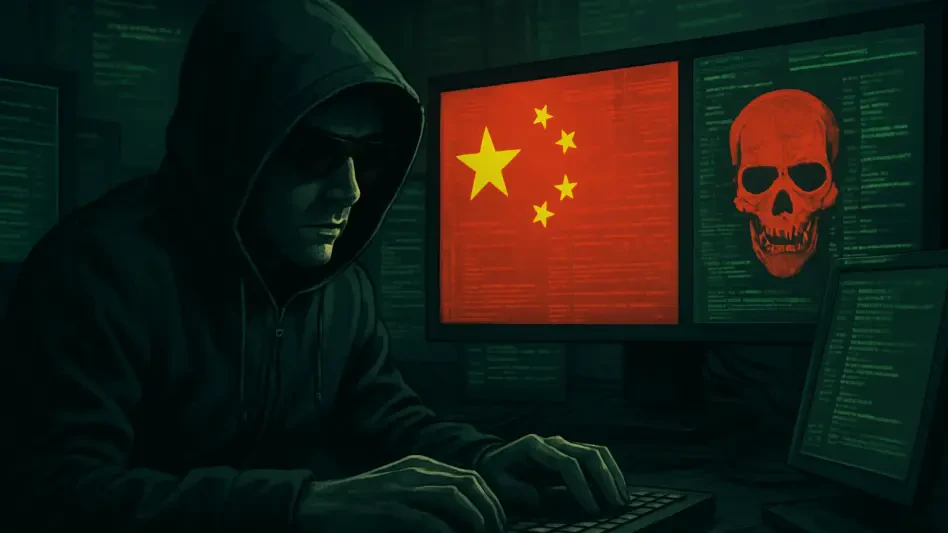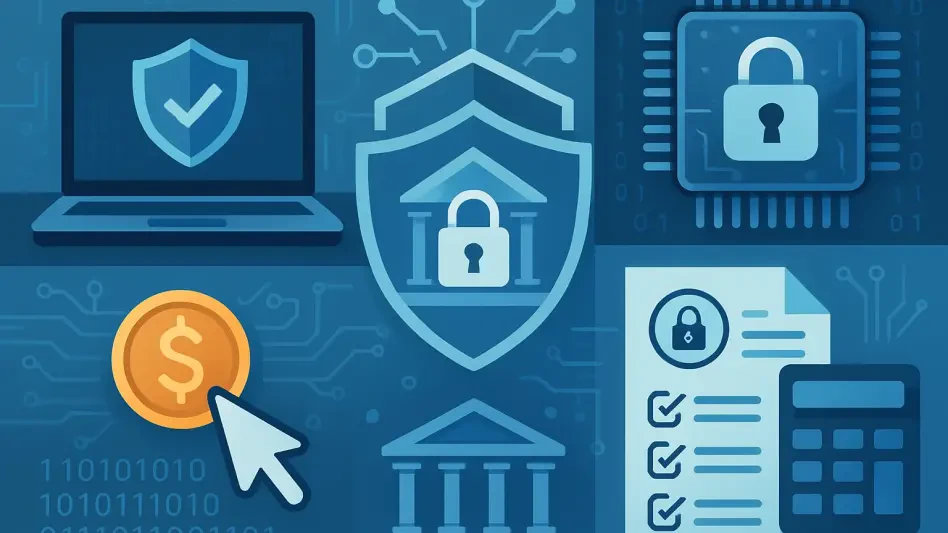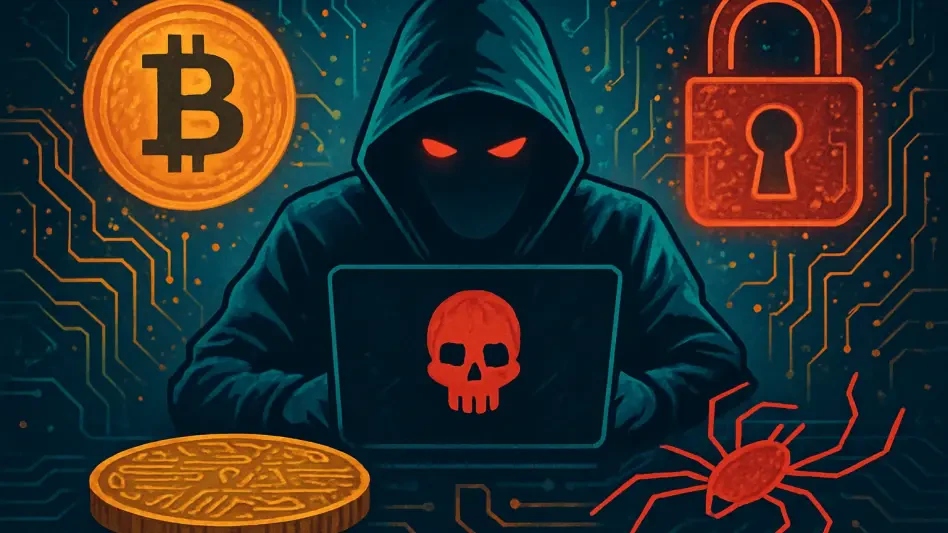At the CPX 2025 conference, a pivotal revelation unraveled the sheer magnitude of a new cyber intrusion campaign spearheaded by a Chinese hacking group, posing serious threats to manufacturing supply chains globally. In his presentation, Lotem Finkelsteen, Check Point’s Director of Threat Intelligence & Research, elucidated the details of the ongoing investigation, stressing the gravity and sophistication of the cyber threats targeting sensitive sectors, particularly those in the United States.
The Target: Suppliers of Sensitive Sectors
Exploiting Vulnerabilities in Overlooked Targets
The primary targets of the recent Chinese cyber intrusion campaign include suppliers of chemical products and physical infrastructure components. Typically, these suppliers do not perceive themselves as high-value targets. Consequently, they may not employ robust cybersecurity measures, making them attractive points of entry for threat actors. These suppliers play crucial roles within their industries, providing essential components and services; however, their lack of comprehensive security protocols presents a significant risk. This campaign chiefly aims to steal intellectual property, which can facilitate a deeper understanding for the attackers about the supply chains within the targeted sectors.
The intruders employ sophisticated methods, exploiting newly revealed weaknesses in edge devices like operational relay boxes and virtual private server hosts. Poorly secured IoT devices are also common entry points for these hackers. The tactics they use are reminiscent of previous Chinese cyber espionage operations, such as the infamous Volt Typhoon, which focused on critical infrastructure and telecommunications. The recurrence of such advanced methods underscores the persistent threat posed by Chinese-sponsored hacking groups and their adeptness at infiltrating critical systems.
Parallels with Past Cyber Espionage Campaigns
Despite the advanced and aggressive nature of these attacks, precise attribution to a specific hacking group remains a significant challenge. This difficulty arises from the shared tools and techniques among various Chinese hacking entities. Complicating matters further, Check Point plans to issue a comprehensive report detailing this cyber campaign soon. According to their current protocol, they will attribute activities to a specific actor only if their assessment reaches medium confidence criteria, acknowledging the nuanced and elusive character of these cyber threats.
The parallels drawn with previous campaigns, notably the Volt Typhoon, illustrate the persistent danger facing sectors deemed sensitive. These sectors, including critical infrastructure and telecommunications, are perennially exposed to cyber espionage endeavors. Acknowledging these repetitions in threat tactics illuminates the strategic objectives behind Chinese cyber attacks and reinforces the necessity for enhanced cybersecurity frameworks. However, understanding these objectives goes beyond recognizing the tactics; it entails a comprehensive approach focusing on both proactive and reactive cybersecurity measures.
Strengthening Manufacturing Supply Chains
Enlarging the Scope of Cybersecurity Awareness
Organizations, particularly those in the manufacturing supply chain, must broaden their perspective regarding cybersecurity. It’s not enough to merely safeguard their own assets; understanding their security posture in relation to customers, vendors, and partners is critical. This interconnected vulnerability highlights the broader landscape of potential exposure that manufacturing firms must navigate. The sophisticated and persistent nature of Chinese threat actors requires a thorough assessment of these interconnected networks. This approach ensures that every link within the supply chain fortifies its defenses against potential cyber threats.
Firms need to ensure that their suppliers also elevate their cybersecurity measures, especially those considered low-value by conventional standards. A breach within the supplier network can act as a gateway for cyber attackers to penetrate more secure sectors of the supply chain. Shared best practices, regular audits, and collaborative security initiatives can help create a more resilient network. By fostering a culture of collective vigilance and preparedness, firms can mitigate the risk of exploitation by sophisticated cyber adversaries.
Technological Solutions and Strategic Measures
At the CPX 2025 conference, a significant discovery was made about a vast cyber intrusion campaign orchestrated by a Chinese hacking group, bringing to light serious risks to global manufacturing supply chains. Lotem Finkelsteen, Director of Threat Intelligence & Research at Check Point, disclosed comprehensive findings from their ongoing investigation. He highlighted the severity and intricate nature of these cyber threats, which are particularly focused on sensitive sectors, specifically within the United States. This campaign underscores the increasing sophistication of cyber espionage efforts by state-sponsored actors. Finkelsteen emphasized the importance of heightened cybersecurity measures and international cooperation to counteract these sophisticated attacks. He pointed out that these intrusions not only jeopardize national security but also threaten the stability of critical infrastructure and key industries. Such cyber activities could disrupt production processes, leak intellectual property, and cause substantial economic damage, urging businesses and governments to stay vigilant and adopt advanced security protocols.







